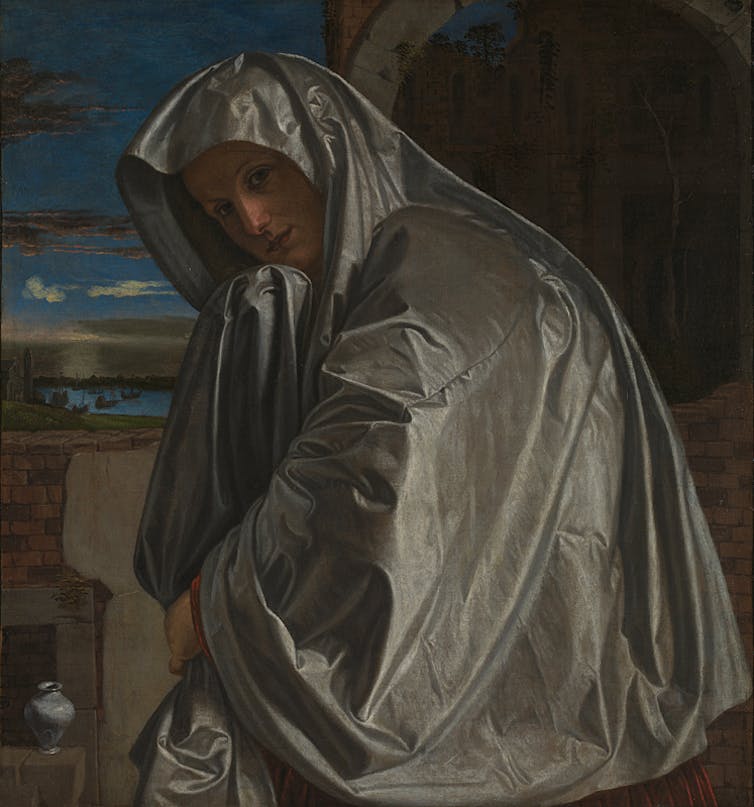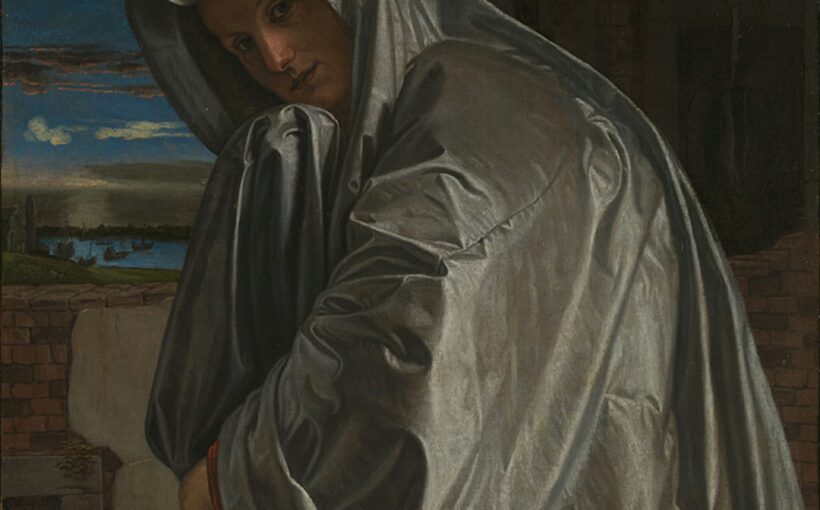If you visit the National Gallery you will see a number of wonderful renaissance paintings by Northern Italian masters. At the time of their acquisition, in the gallery’s early days, these painting were not, however, highly sought after.
Initially, the focus for the National Gallery’s collection was set by Sir Charles Lock Eastlake, the gallery’s first director. For Eastlake, the collection needed to showcase the masters of the Italian renaissance, reflecting popular tastes in the 19th century.
This canon of the greats comprised the coveted masters such as Raphael, Michelangelo, Leonardo and Botticelli. These were artist who had been celebrated in Giorgio Vasari’s seminal collection of artists’ biographies, Le Vite. Vasari had effectively created the A-List of artists every major collection of value felt they had to include.
By the time Eastlake was collecting art for the newly established National Gallery, however, many of the best works of these artists had long been acquired and few were available on the market. Eastlake’s collecting had to focus on the 15th and 16th-century works he could get hold of. As a result, The National Gallery acquired an exceptional collection of Northern Italian paintings and in the process rewrote the canon of renaissance art beyond Vasari.
It seems fitting then that one of the paintings from their collection of Northern Italian renaissance masters be paid closer attention as we celebrate the gallery’s 200th year.
Giovanni Girolamo Savoldo’s (1480-1548) Mary Magdalene is one of my favourite in the gallery’s permanent collection. Paolo Pino, one of Savoldo’s contemporaries, wrote in his Dialogo della Pittura (Dialogue on Painting, 1548) that Savoldo made “truer pictures of reality than those made by Flemish masters”. And that is high praise indeed because nobody in the 16th century was more celebrated for reality and verisimilitude than the great Flemish masters such as Jan van Eyck.
Savoldo’s Mary Magdalene dates to 1535 and is an extraordinary image in so many ways, but is easily overlooked. Unlike many contemporary images, it isn’t a monumental altarpiece, but simply shows one solitary woman on her way somewhere, concealed under a plain cloak with just a flash of a red sleeve adding some colour.

It is an extraordinary piece of storytelling. The context is Easter Sunday, and the miracle of Christ’s resurrection, the highlight and focus of the Christian liturgy. Usually, images depict the main event of the Resurrection, with a focus on the glorious body of Christ with Mary’s role reduced to that of a passive witness.
Savoldo though puts Mary Magdalene front and centre of his half-length portrait and showcases the faith, devotion and intelligence of his female protagonist by giving her agency and an active role to play in the mysteries of the Easter story. He depicts her in a dazzling shimmering cloak at twilight, with all the choices and decisions that will shape this symbolic day ahead of her.
This article is part of our series marking 200 years of the National Gallery. These articles use highlights from the gallery’s collection to tell unsung stories of British history.
In painting her like this, Savoldo departed from the traditional way of showing Magdalene, and practically reinvents her role in the story. He gives agency to his female protagonist. His is not the traditional, overtly sexualised, buxom Mary with flowing hair and overly sumptuous rich red dress. He puts her in a central position, not in a supporting role. She takes centre stage.
The portrait recalls the Renaissance practice of painting images of exceptional men (“Viri illustri”) who serve as inspiration to inspire exceptional and virtuous behaviour. Magdalene does not usually make that cut as her story is, after all, that of the reformed prostitute who rehabilitates herself through long years of austere penance.
Savoldo’s Magdalene instead is a young, but confident, beautiful and assured woman who redeems herself – and in doing so becomes a role model for women who may have sinned in the past. She and these sinning women in turn have their faith and the ability to use faith for redemption.
What Savoldo paints is an exceptionally exciting image that captures contemporary 16th-century debates on what “modern faith” should look like. This came against the context of the call for reform of religious practices after the German priest and theologian Martin Luther’s protestant proclamation of the 95 Theses and prior to the debates of the Catholic Council of Trent that determined what orthodox images and faith should look like.
Savoldo’s glorious image shows the Magdalene at the dawn of an exciting day. It’s a metaphor for the dawn of a new age of faith and possibilities where the shape of things to come is yet to be determined. Look at the fluidity of her wonderful cloak that could reflect and show everything and anything but what it will look like once the light has set, we just don’t know yet. Savoldo, gently but firmly, teaches us to look again and see something new in a seemingly familiar image.
Giovanni Girolamo Savoldo’s Mary Magdalene can be seen in The National Gallery’s permanent collection in room nine.
![]()
Gabriele Neher does not work for, consult, own shares in or receive funding from any company or organisation that would benefit from this article, and has disclosed no relevant affiliations beyond their academic appointment.



